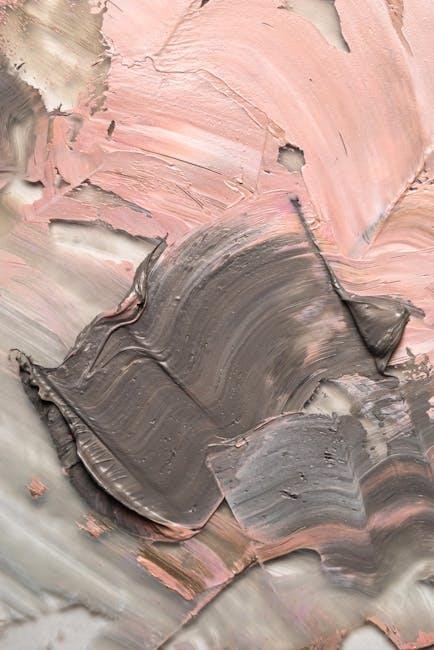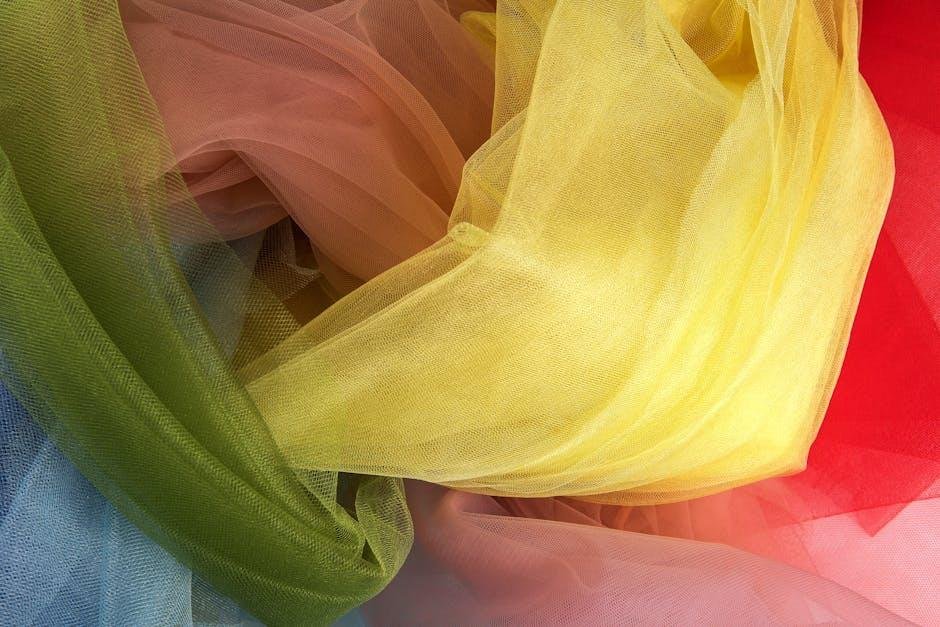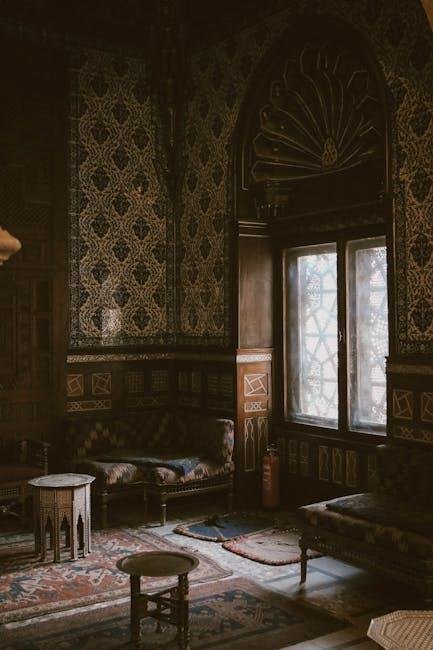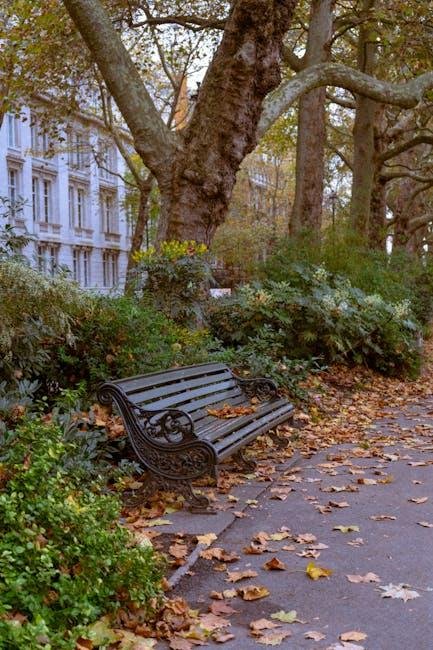in a world brimming with endless design possibilities, the notion of melding diverse styles into a harmonious whole frequently enough feels like an exhilarating challenge.The art of creating a cohesive look with eclectic pieces invites us to embrace individuality while together celebrating unity. Whether it’s a quirky collection of vintage artifacts, contemporary art, or a merge of textures and patterns, the beauty of eclecticism lies in its power to tell a story that is uniquely yours. Yet,the key to success lies not just in the variety of elements but in how they are thoughtfully arranged and integrated. This article explores effective strategies and inspiring ideas that will help you artfully navigate the interesting landscape of eclectic decor, ensuring that every piece contributes to a seamless narrative that reflects yoru personal aesthetic. Join us on this journey toward crafting spaces that are vibrant, layered, and delightfully unexpected.
Embracing Unique personalities: The Art of Mixing Eclectic Elements
To create a harmonious aesthetic that reflects your individuality, start by embracing the diverse range of textures, colors, and patterns available in eclectic decor. Combining seemingly disparate elements can result in a vibrant and inviting space that tells a story. Focus on selecting a few key pieces that resonate with your style. As an example, you might pair a vintage velvet armchair with a modern geometric coffee table. Consider these ideas when mixing elements:
- Layering textures: Incorporate soft fabrics such as throw pillows alongside harder materials like wood or metal.
- Playing with colors: Choose a cohesive color palette to unify disparate pieces, allowing bold statements to still coexist.
- Incorporating art: Utilize striking artwork or unique sculptures as focal points to tie the room together.
The secret to achieving a polished look while showcasing your personality lies in balance and proportion. Establish a sense of flow by varying the scale of each item; larger furniture can offset smaller decor elements, creating visual interest without overwhelming the space. You can assess your arrangement using a simple framework as seen in the table below:
| Element | Size | Style |
|---|---|---|
| Statement Rug | Large | Bohemian |
| Framed Art | Medium | Contemporary |
| Accent Chair | Small | Mid-century |

Layering Textures and Patterns: Building depth in Your Design
Combining varying textures and patterns is a brilliant way to breathe life into your design and elevate the overall aesthetic. When working with eclectic pieces, consider integrating a mix of materials such as soft fabrics, sleek metals, and natural wood. This can be achieved by layering textiles like a plush velvet against a backdrop of rugged canvas or juxtaposing smooth glass elements with rough stone finishes. The key to success lies in finding a balance; ensure that the textures complement rather than compete with one another. Play with scale and proportion—large,bold patterns can anchor a space,while smaller,intricate designs can provide visual interest without overwhelming the senses.
To enhance the cohesiveness of your design, think about implementing a consistent color palette that threads through various textures and patterns. This can unify diverse elements, making them feel intentional and curated. You can also use decorative items and furnishings that share similar themes or motifs, such as floral or geometric designs, which create a sense of harmony. Below is a simple table to visualize some effective combinations:
| Texture/Pattern | Complementing Pieces |
|---|---|
| Textured Linen | Glossy Ceramic Vases |
| Graphic Prints | Solid Color Cushions |
| Animal Prints | Muted Toned Throws |

Choosing a Unifying Color Palette: Tying It All Together
When integrating diverse pieces into a single space, a unifying color palette serves as the thread that weaves everything together. Select a few key colors that reflect the mood you wish to create; these colors can be drawn from artwork, textiles, or even natural elements in your environment. Consider the following strategies to establish your palette:
- Choose a dominant color that anchors the room—this could be a bold hue for a statement piece or a soft tone for a calming atmosphere.
- Identify complementary shades that gently contrast with your dominant color, adding depth and interest without overwhelming the eye.
- Incorporate neutrals to balance shining colors, maintaining a cohesive look without detracting from your eclectic pieces.
Utilizing color swatches can be an effective way to visualize how different hues interact in your space. Creating a simple table can guide your choices:
| Color | emotion and Impact |
|---|---|
| Turquoise | Refreshing and Energetic |
| Soft Gray | Calm and Balanced |
| Mustard Yellow | Warmth and optimism |
By thoughtfully selecting colors that resonate with each other, the result will be an inviting and harmonious environment that enhances the unique character of each piece. A well-chosen color scheme can transform an eclectic collection into a visually captivating narrative, making each element feel intentional and connected.

Balancing Bold and Subtle Pieces: Creating Harmony in Contrast
In the quest for a cohesive look, the intersection of bold and subtle elements can create a visually striking yet harmonious aesthetic. Bold pieces,such as a vibrant sofa or an oversized artwork,can serve as the statement anchors of your space,drawing attention and providing focal points. Meanwhile, subtle accents—like neutral color palettes or delicate patterns—interact with the bolder items, allowing them to shine without overwhelming the overall design. To achieve this balance, consider incorporating textures and materials intentionally—for instance, pairing a soft, plush rug with a sharp metallic coffee table. This approach allows each element to complement one another while still expressing individual character.
When styling these contrasting elements, think strategically about color and scale. For example,using a color wheel can guide you in selecting tones that either contrast for excitement or harmonize for tranquility.Utilize the following tips to help bridge the gap between bold and subtle:
- Mix patterns: Pairing geometric prints with floral designs can unify contrasting styles.
- Layer textures: Combine soft fabrics with smooth surfaces to create depth in your decor.
- Adjust scale: Balance large items with smaller, understated pieces to maintain proportion.
Ultimately, open yourself to experimentation. Through careful curation, you can achieve an eclectic blend where each piece—or even style—exists in a delightful interplay, crafting a uniquely inviting environment.
Final Thoughts
In the world of interior design,the beauty of juxtaposition lies in its ability to tell a story that is distinctly yours. By thoughtfully curating eclectic pieces, you create a space that not only reflects your personal style but also invites conversation and contemplation. Embrace the art of blending the old with the new, the bold with the subtle, and allow each item to contribute to the overarching narrative of your home. Remember, harmony does not mean uniformity; rather, it thrives in the delightful contrasts that bring life to your surroundings. As you embark on your design journey, keep in mind that the magic often happens when you trust your instincts and let your creativity flourish. So, gather your treasures, let them mingle, and watch as they transform your space into an inviting tapestry of eclectic charm.




